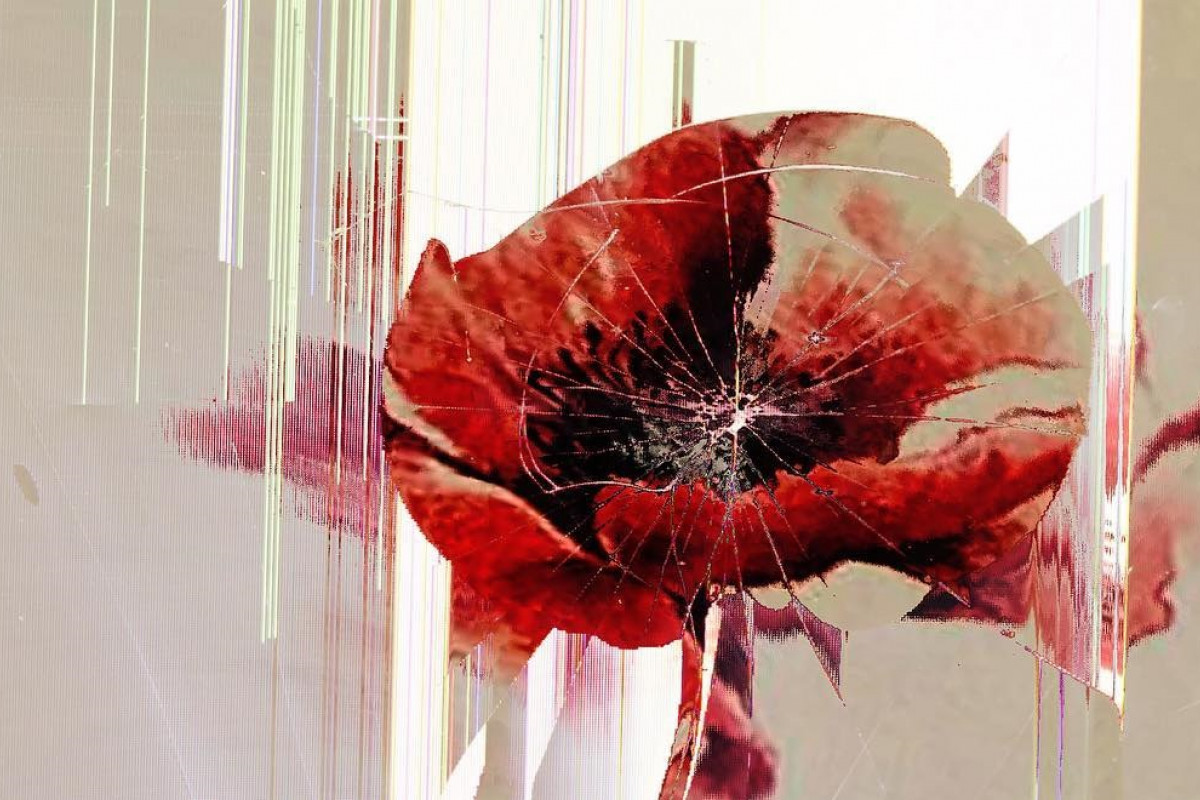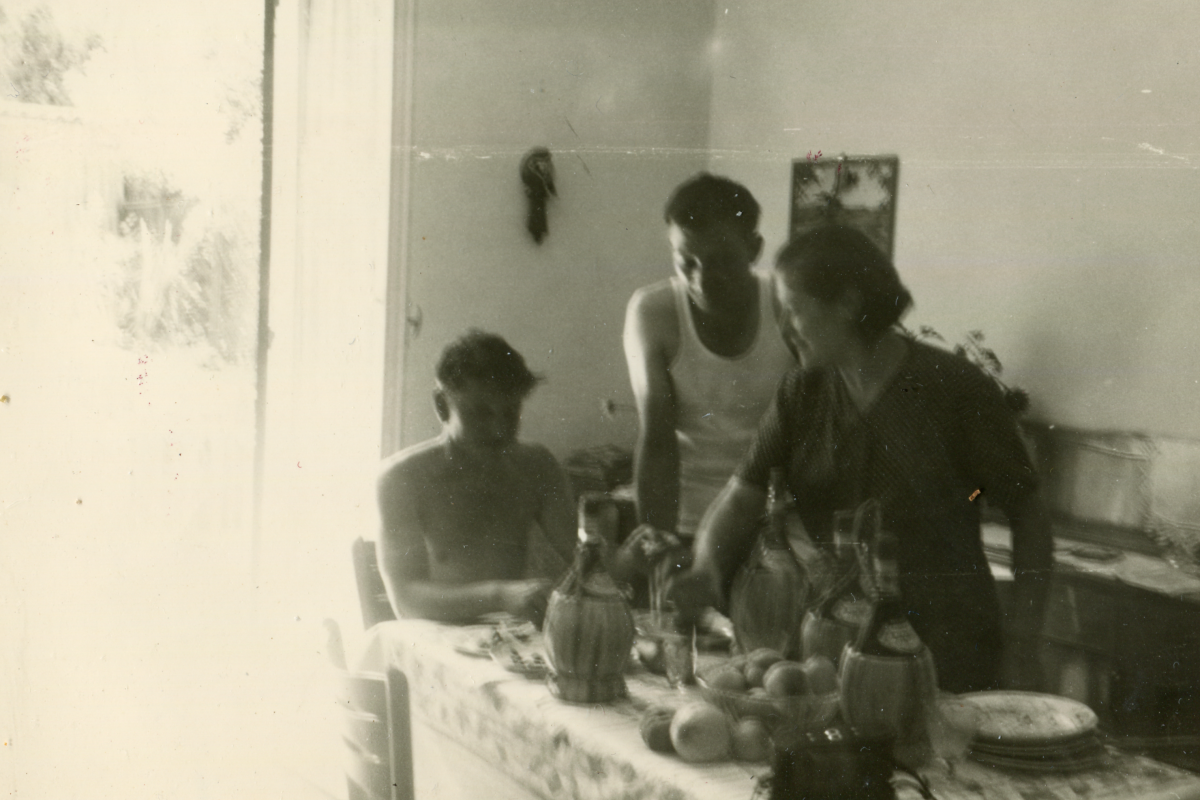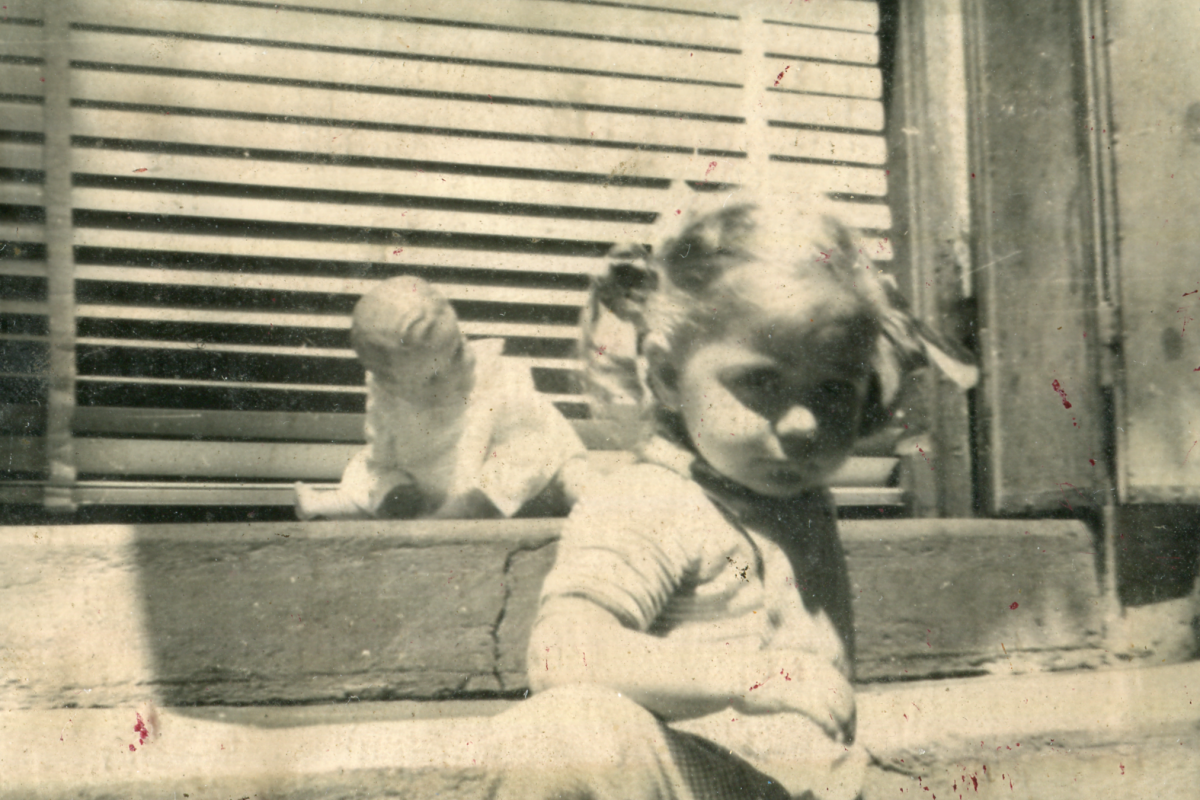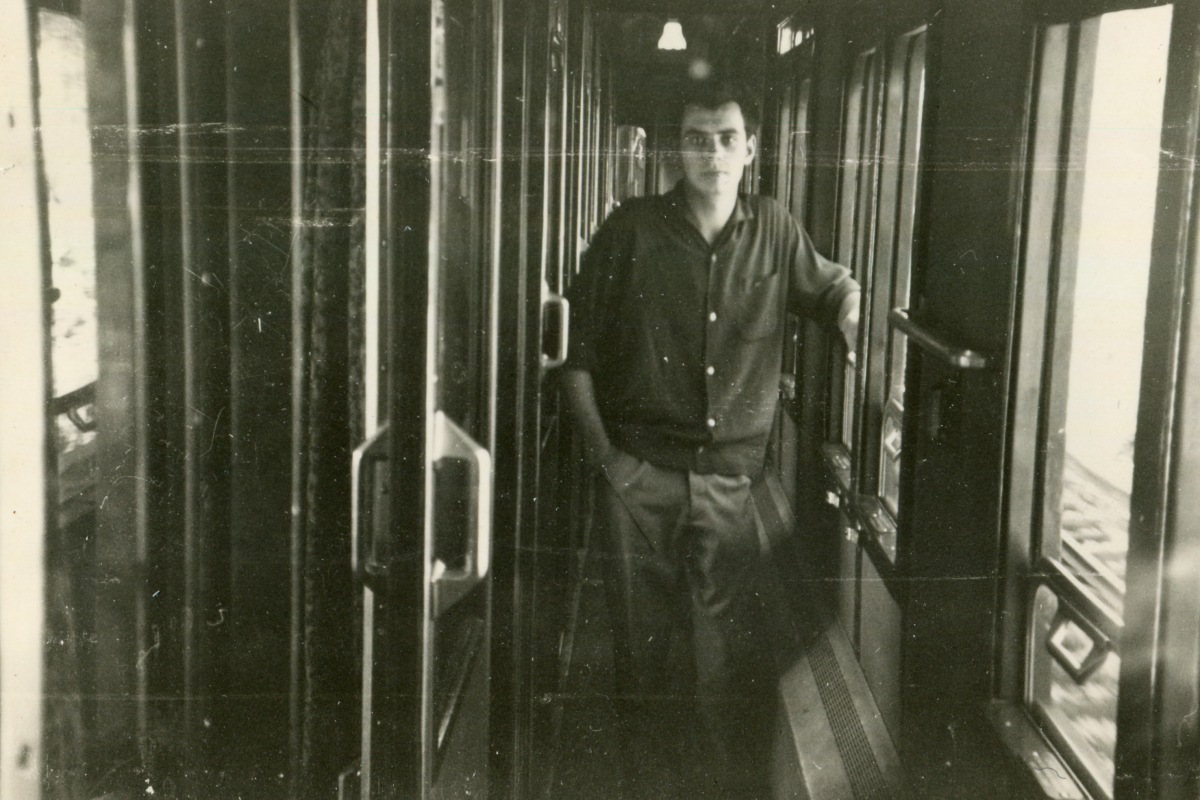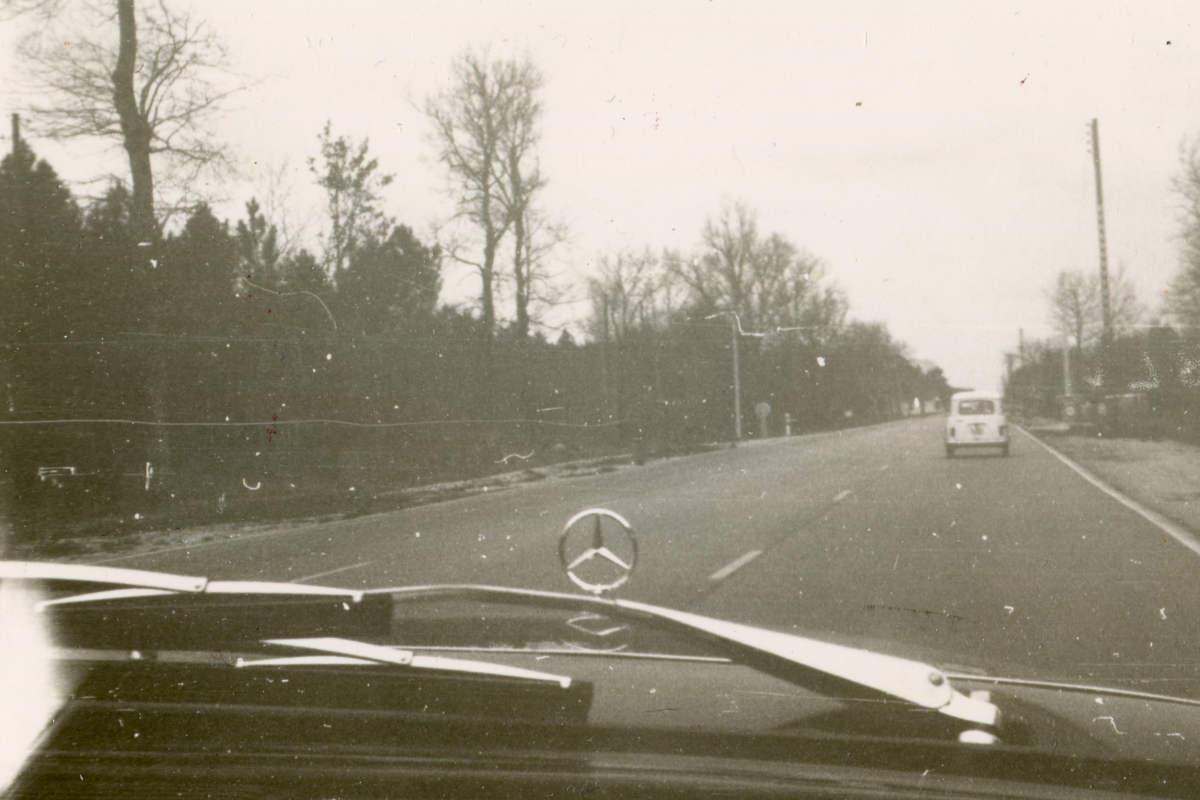Affective Artifacts
If we feel a certain nostalgia towards the crackle of a vynil or to the granular quality of images taken with a film camera, it is because these marks take us back to another era. These grains, these indices, these media markers, are what I like to call affective artifacts, and can inhabit any medium.
Though today, within the context of digital media, these artifacts are treated quite differently as markers of low quality, of bad resolution, of destructive compression. Those that we adorned in the past, we reject in the present. As if our sense of aesthetic was guided by the ideal of a noise-less image, whose standards has been set by techno-enthusiast digital media enterprise and fantasies of hyperrealism.
Yet these markers keep inhabiting the media landscape and are often times even re-employed artificially. As an example, much of the lofi music movement is recorded with high-grade studio equipment before being surgically downgraded (using fake tape sounds, filters,..) to induce nostalgia within listeners. Though affective artifacts are often linked to nostalgia, there also exists other types of affective powers in use today. In 2016 Trump released a video campaign which used glitch SXF overlaid over his competitors to emphasize on his accusations of corruption within the government in place. This is on-par with most recent aesthetic development of the fachosphère, with the rise of aesthetics genre's such as fashwave, using elements from glitch and vaporwave art communities as political tools for fascist agenda's.
Though affective artifacts are often invisible to the untrained eye, I believe they shape our society at various levels from the most intimate ones such as whatsapp family groups, up to the most rational and objective ones of scientific imagery.
Credit
The artistic project is an ongoing research developed with the support of Sorbonne University's artistic residency program.
Affective Artifacts is a term that was first coined by Jon Cates in a blog post about post-glitch :
“glitch” is now widely accessible as: a possibility, shorthand, a (cracked) code, hashtagged to represent an available attitudinal perspective, +/or communicable exchange, a set of surfaces + surface FX as well as affective artifacts that may or may not reach more deeply under these currents...
Since then I have re-appropriated its use and developed it's meaning within a wider media theory that considers glitches as one of the many types of affective artifacts.
Dates
- 09.06.2022 Creative Writting Class @ State University, Minneapolis, USA
- 11.24.2022 Master 2 "l'art contemporain et son exposition" @ INHA, Paris, France
- 02.12.2023 Le Glitch Art comme Langage d'Affect @ Espace Pierre Cardin, Paris, France
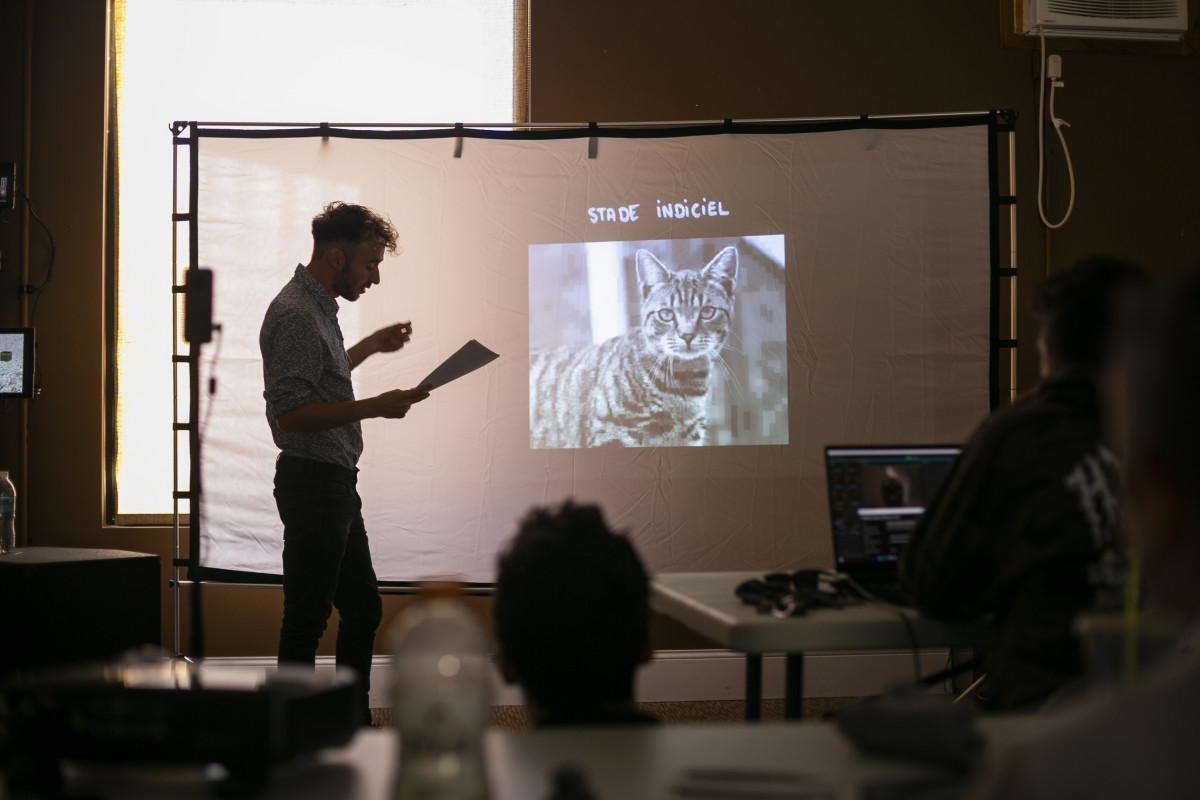
@ Glitch Art is Dead, Granite Falls, Minnesota, USA
